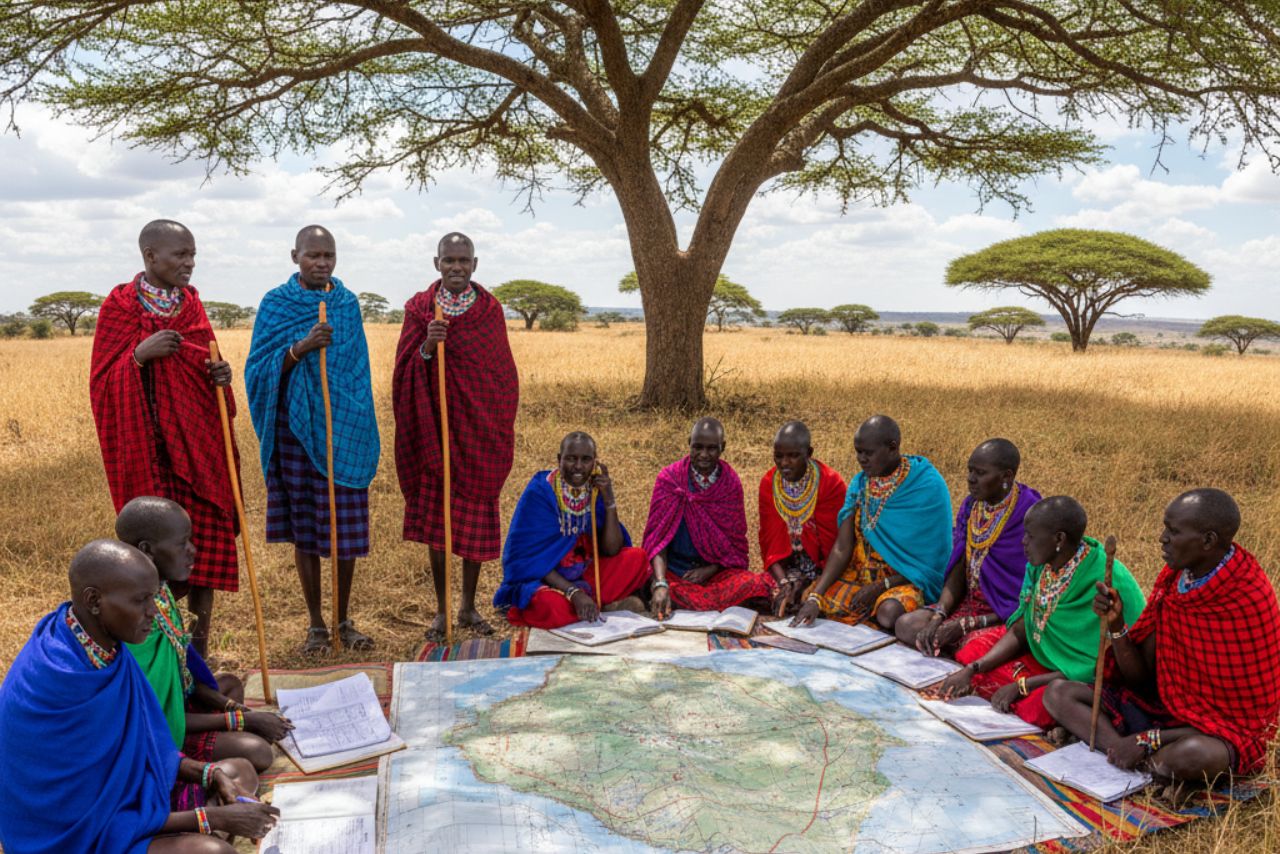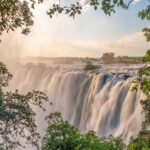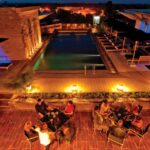When I first heard about community-owned conservancies in Kenya, I was struck by the idea of local people taking back their land and wildlife heritage and turning it into a way to make a living and protect the environment.
But the question quickly came up: is this really going to change things for conservation and communities, or is this just another form of greenwashing?
So let’s explore what these Kenyan wildlife conservancies are, how they work (or don’t), who started them, and help you decide if the model really changes things or if it’s just a cover.
What Exactly Are Community-Owned Conservancies in Kenya?

“Community-owned conservancies in Kenya” means areas of land that are managed by local communities instead of just national parks or businesses. The goal is to protect wildlife and provide income or other benefits to those communities.
- The Kenya Wildlife Conservancies Association (KWCA) says that a conservancy is “land managed by an individual land-owner, a body or corporate, group of owners or a community for purposes of wildlife conservation and other compatible land uses.”
- In Kenya, there are now more than 100 of these “community conservancies” that cover about 15 million acres.
- They know that about 65% of Kenya’s wildlife lives outside of the parks that the government protects, so these conservancies help fill that gap.
The goal is to give local people a stake and a voice, make conservation more open to everyone, and connect it to real-world benefits. The term “community conservancy livelihood” encapsulates that secondary aspect.
Why Are Community Conservancy Livelihood Models So Popular in Kenya?
What is causing the growth of Kenya’s wildlife conservancies?
- Loss of wildlife outside of parks: Kenya has lost a lot of its wildlife outside of national parks, which makes new models necessary.
- Legal recognition: The Wildlife Act 2013 officially recognises conservancies as a way to use land in Kenya. This gives communities better rights to land and resources and access to incentives.
- Economic opportunity: Tourism and wildlife create opportunities. When communities see a financial stake (jobs, leasing, tourism revenue), they’re more likely to support conservation. For instance, some conservancies now produce income for schools, women’s groups, and grazing management.
- Landscape connectivity: Parks alone cannot protect all wildlife; conservancies extend the habitat and provide migration corridors and buffers.
The model is appealing because it provides a means to harmonise conservation and community development.
What is the Current Performance of These Community-Owned Conservancies in Kenya?
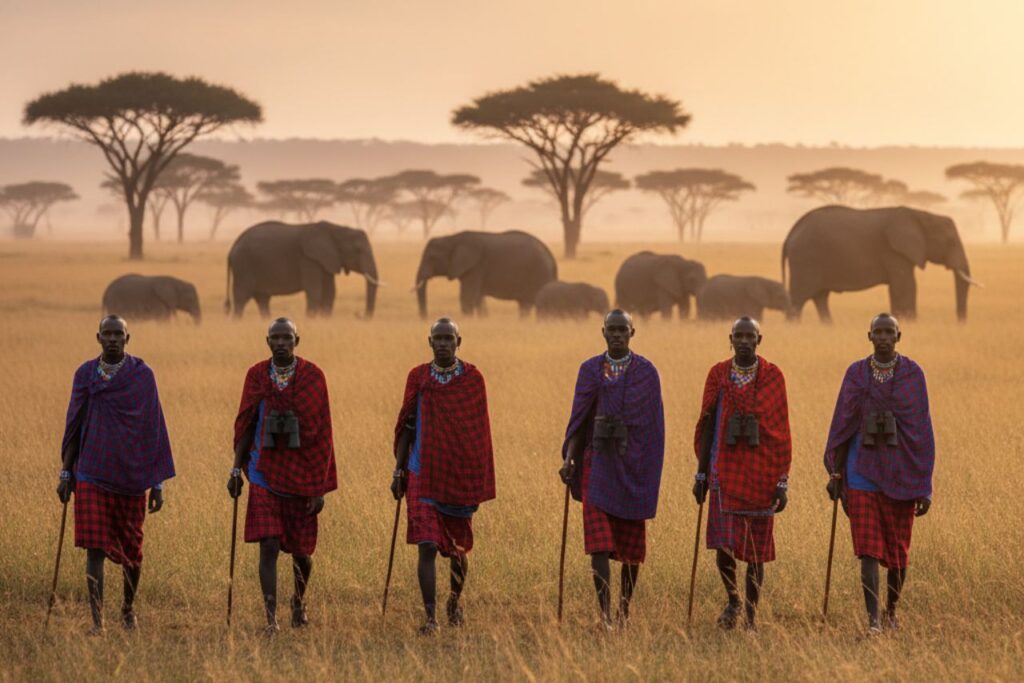
Let’s talk about what works and what is still hard in a friendly and realistic way.
Successes
- The Northern Rangelands Trust (NRT) in northern and coastal Kenya supports 45 community conservancies. It reports 1,366 permanent jobs, benefits to 701,000 community members, and training of 1,195 indigenous leaders.
- A recent article noted: “With 65 % of Kenya’s wildlife living outside government-protected areas, conservancies provide critical habitat and connectivity for the iconic species.”
- Around the iconic Masai Mara ecosystem, conservancies allow communities to benefit from tourism and manage grazing, wildlife, and land use in ways linked to tradition and nature.
Challenges & Red Flags
- Not all communities have equal power. Leasing land to tour operators may shift decision-making away from locals.
- Some models for sharing money are not clear, and the most vulnerable people may not get the benefits.
- There is a chance that “community-owned” will become a label, but the model still favours tourists or outside investors over the community itself.
- Because conservancies depend on tourism, they are vulnerable to shocks like pandemics and travel bans.
- Changes in land use and grazing rights still cause problems. The “nice looking” conservancy may cover up these problems, which is called “greenwashing.”
READ ALSO: 100 Best African Safaris to Experience Once in Your Lifetime
Can We Compare True Community Impact vs Just Surface Conservation?
Here’s a comparison table to help illustrate how a strong community-owned conservancy model differs from one that may be more cosmetic.
| Feature | Strong community-owned conservancy Kenya | Risk of “greenwashing” conservancy model |
| Land ownership & decision-making | The community owns and controls the land, and the board is chosen by the community. Benefits are shared in a clear way. | The community is involved in theory, but decisions are made by an outside operator or investors, and there isn’t much transparency. |
| Livelihood benefits | Fairly shared income; jobs, women’s rights, and businesses in the area. | Some jobs, but most of the money goes to other places; the community doesn’t get much benefit. |
| Wildlife & habitat outcomes | Wildlife populations are getting better, habitats are linked, and the balance between grazing and wildlife is being kept. | Conservation is not the main focus; the area is mostly for tourism branding, and wildlife may still be in danger. |
| Resilience & local capacity | Governance run by the community, training, and revenue streams other than tourism. | Inadequate management skills in the community; heavy reliance on tourism; high risk of a decline in tourism. |
| Transparency & accountability | Clear benefit-sharing, a community general meeting, and regular reporting. | There are few ways for the community to examine; “conservancy” primarily promotes tours. |
Is This Model Truly a Game-Changer?
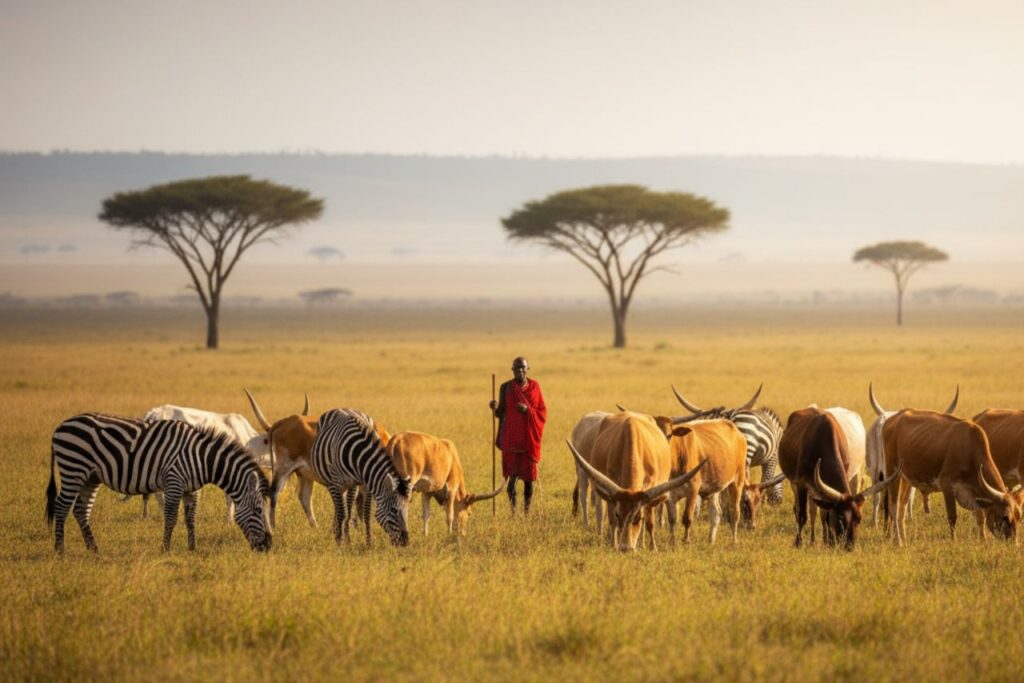
Yes, under the right conditions. And no, if it slides into greenwashing. Let’s examine the meaning of “game-changer” in this context.
Empowering communities
The model takes power away from outside players when local people own the land and benefit from the conservancy. That changes everything.
Protecting wildlife in real landscapes
The model extends conservation beyond parks. Wild animals need space, corridors, and help from the people who live nearby. That’s a change.
Linking conservation + livelihood
This is very important: conservation often fails when it doesn’t help local people. We see change when conservancy-tourism jobs really reach homes.
Inspiring other models
Kenya’s situation is having an effect on other parts of Africa. The method can be used again when it works.
However:
- It’s not automatically a game-changer. If communities don’t really own or control things, or if benefits don’t flow, the model can just cover up deep inequalities.
- When people use the language of community ownership and conservation mostly to market tourism instead of making real changes, that’s called “greenwashing.”
- Metrics are important: someone needs to keep an eye on wildlife outcomes, community incomes, land-use changes, and openness.
READ ALSO: 6 Epic African Safari Tours for Adventure Junkies
What Should Travellers, Donors and Communities Consider?
Here are some useful tips from the perspective of a traveller, a donor, or a member of the community.
- Ask: Who really owns or controls the land? Find out if the community has a formal government, an elected board, and a clear way to share benefits.
- Check the flow of your livelihood. Is there proof that jobs, incomes, women’s leadership, and local businesses are doing well? E.g., NRT’s numbers show real impact.
- Look at wildlife/habitat indicators. Is the conservancy making progress in conservation? Are animals still confined, or do they move freely?
- Beware of tourism dependence. Models that depend almost entirely on luxury lodges may not do well in shocks. A diversified local benefit is more stable.
- Support local capacity. Training, local government, and monitoring help keep people from falling into the “tourism operator runs things” trap.
- Demand transparency. These things help move from marketing to real change: annual reports, community meetings, and published models for sharing benefits.
So, Is It Greenwashing?
Yes, in some cases. The model can be dressed up in language about community ownership, but it can still lead to unequal benefits or outside control.
But in many other cases, the early evidence from Kenya suggests a real change. The fact that more than 100 community conservancies cover large areas, that wildlife is benefitting, and that communities are employed all point to real change.
You should think of this as a spectrum, with strong game-changer conservancy on one end and weakly transformative (or even token) conservancy on the other. We need to look at each conservancy on its own.
My Personal Reflection
I find this model inspiring because I have been to parts of Kenya and talked to local guides. It gives me hope to see a community take care of their land, work with wildlife, and turn problems into chances. I also saw lodges that were called “community owned,” but it didn’t seem like many locals were getting anything out of them. That stress is real.
If I were a traveller, I would pick conservancies where I know the communities are real partners. Also, if I were a donor, I’d give as much to governance and local businesses as I would to land leases. If I were a member of the community? I would ask tough questions like, “Who makes the choices?” What happens when tourism slows down? How do we keep elites from taking the benefits?
Final Thoughts
So when we ask: Are community-owned conservancies in Kenya a game changer or just a way to look good? Yes, it can change the game, but it’s not a sure thing. The important word is still community-owned, both in name and in action.
The model gives us a strong alternative: picture a conservancy where local herders, women’s groups, community rangers, and elders all sit on the board; where money from tourism goes to local schools; where wild animals roam across grasslands still grazed by livestock; and where kids grow up connected to both wildlife and the land.
If that happens all the time, then yes, this is a real game-changer. If the model turns into a cool marketing tag but most of the power and money stays somewhere else, then we are flirting with greenwashing.
So far, the evidence for Kenya is good. But the real test will come in the next ten years: will community-owned conservancies in Kenya grow, become more stable, and be fair? The land, the people, and the animals of Kenya deserve nothing less.

